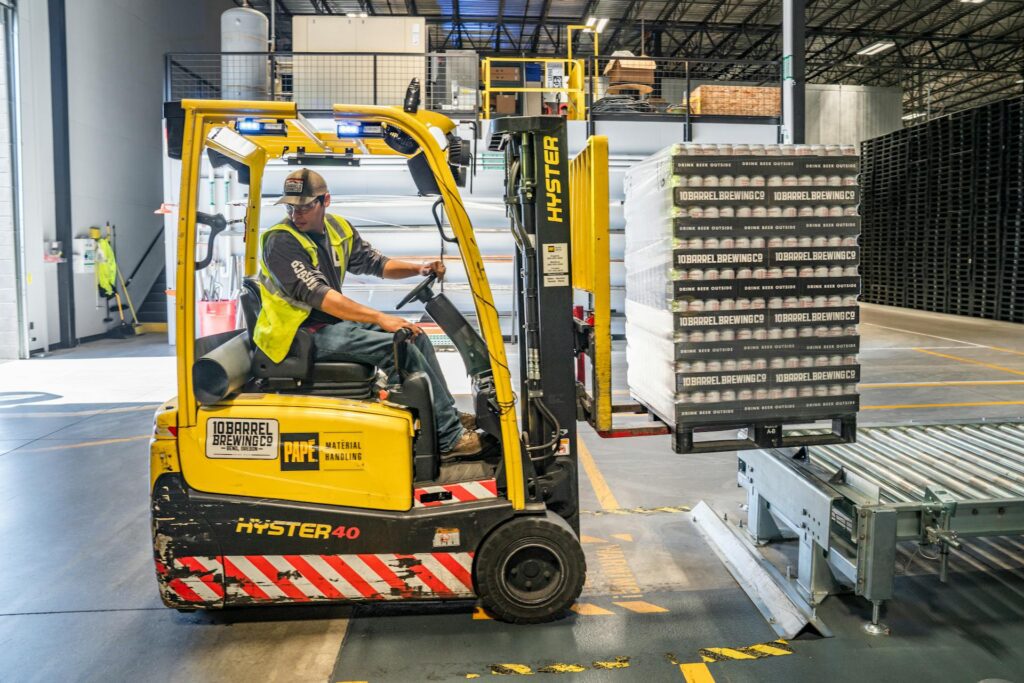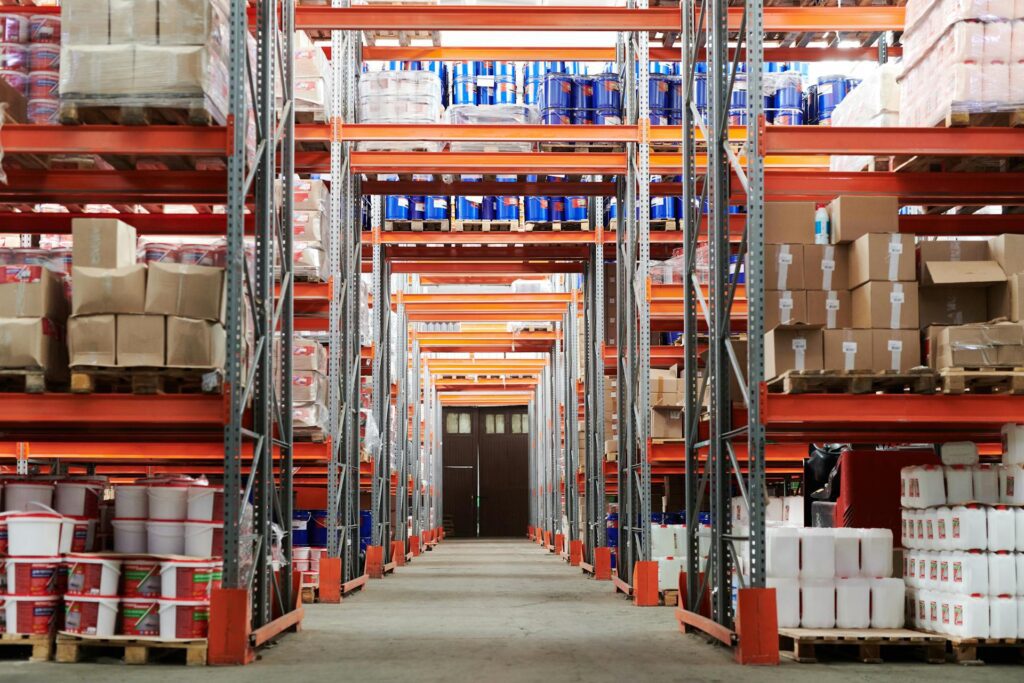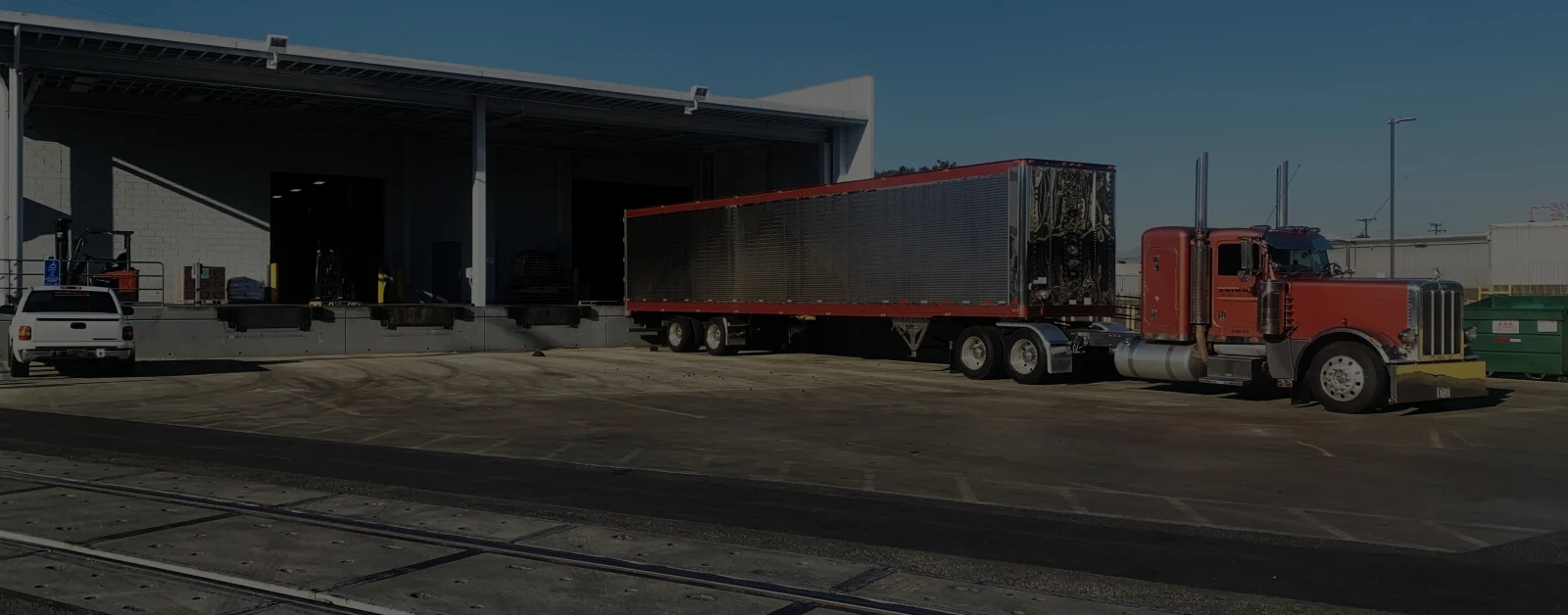How To Reduce Transportation Cost in Logistics with Port-Centric Warehousing

High transportation costs in logistics are a major challenge, significantly impacting overall expenses. The further goods must travel from ports to warehouses, the higher the fuel, time, and handling costs, eroding profit margins. If you’re wondering how to reduce transportation costs in logistics, port-centric warehousing is a viable solution. This warehousing approach strategically locates storage facilities near ports, slashing the distance goods travel, resulting in immediate transportation cost savings.
By leveraging the proximity to ports, businesses can streamline their warehousing operations, reduce the need for extensive inland transportation, and improve overall supply chain efficiency.
How Port-Centric Warehousing Reduces Transportation Costs
Whether you’re a growing business grappling with the complexities of global supply chains or a large enterprise looking to optimize logistics expenses, port-centric logistics emerges as a pivotal strategy for reducing transportation costs. Here’s how it helps:
Reduced Inland Transportation Distance
Many businesses are seeking strategies on how to reduce transportation costs in logistics. One proven way is by embracing port-centric logistics, which significantly reduces the distance goods must travel from the port to the storage or distribution centers. By strategically locating warehouses close to ports, businesses can drastically reduce the mileage that goods are transported inland, directly leading to reduced fuel consumption and lower transportation expenses.
This reduction is particularly significant in road and rail transport costs, where distance is a direct factor in pricing. For instance, shorter trips mean fewer fuel charges and less vehicle wear and tear, translating into notable cost savings and more sustainable warehousing operations.
Streamlined Supply Chain Operations
Having warehouses close to ports significantly streamlines supply chain operations, enabling a smoother and more efficient flow of goods from ship to storage. This proximity is an effective strategy on how to reduce transportation costs in logistics as it facilitates quicker unloading, sorting, and redistribution processes. This effectively minimizes the need for repeated handling and movement of goods.
Such efficiency accelerates the overall logistics timeline and substantially reduces the costs associated with handling and transportation. By simplifying these operations, businesses can achieve a leaner, more responsive supply chain, directly contributing to lower operational costs and enhanced customer satisfaction through faster delivery times.
Enhanced Inventory Management
Port-centric warehousing revolutionizes inventory management by facilitating just-in-time (JIT) practices, which drastically minimizes the necessity for large stockpiles and the hefty storage costs they incur. This approach aligns perfectly with modern demand-driven logistics, allowing businesses to maintain leaner inventories and significantly reduce waste and redundancies.
Integrating sophisticated warehousing systems is also an effective strategy on how to reduce transportation costs in logistics. In this context, these systems enable precise tracking and real-time visibility of inventory levels, ensuring that goods are replenished efficiently and moved quickly from port to customer, minimizing transportation and storage durations, and cutting down on logistical expenses.
Improved Turnaround Times
Improved turnaround times are another benefit of port-centric logistics, significantly accelerating the transition of goods from ships to storage facilities. This expedited process is crucial for enhancing the overall efficiency of logistics operations, as it sharply reduces the time products spend in transit. A quicker turnaround streamlines the supply chain and minimizes costly demurrage charges that accrue from delays in unloading cargo.
This is a crucial step in how to reduce transportation costs in logistics. Additionally, faster processing times can lead to reductions in other time-sensitive costs, such as storage fees at the port. This efficiency results in more predictable logistics timelines and improved customer satisfaction through timely deliveries.
Consolidation Opportunities

Consolidation opportunities provided by port-centric logistics present a significant advantage for businesses looking to optimize their logistics. By enabling the consolidation of shipments right at the port, you can achieve superior container utilization, ensuring that each container is filled to its maximum capacity. This strategic consolidation is a great strategy on how to reduce transportation costs in logistics.
It leads to lower shipping costs by maximizing the efficiency of each shipment but also decreases the overall number of trips required to transport goods. This reduction in trips directly translates into reduced transportation expenses, offering a dual benefit of cost savings and enhanced logistical efficiency. This makes it a win-win for businesses aiming to streamline their supply chain operations.
Talk to an Expert to Learn More
At Cummins Logistics, we understand the intricacies and challenges of managing transportation costs in logistics. With our strategic location and commitment to outstanding customer service, we’re here to help businesses like yours leverage port-centric warehousing to significantly reduce those costs. By choosing us, you’re opting for a partner dedicated to streamlining your import and distribution operations, ensuring you can focus on what matters most—growing your business.
Let us show you how our near-port facility and personalized service can transform your logistics strategy. Want more tips on how to reduce transportation costs in logistics? Talk to an expert to learn more.

